Home>Gardening & Outdoor>Outdoor Structures>What Is A Good Pitch For A Shed Roof
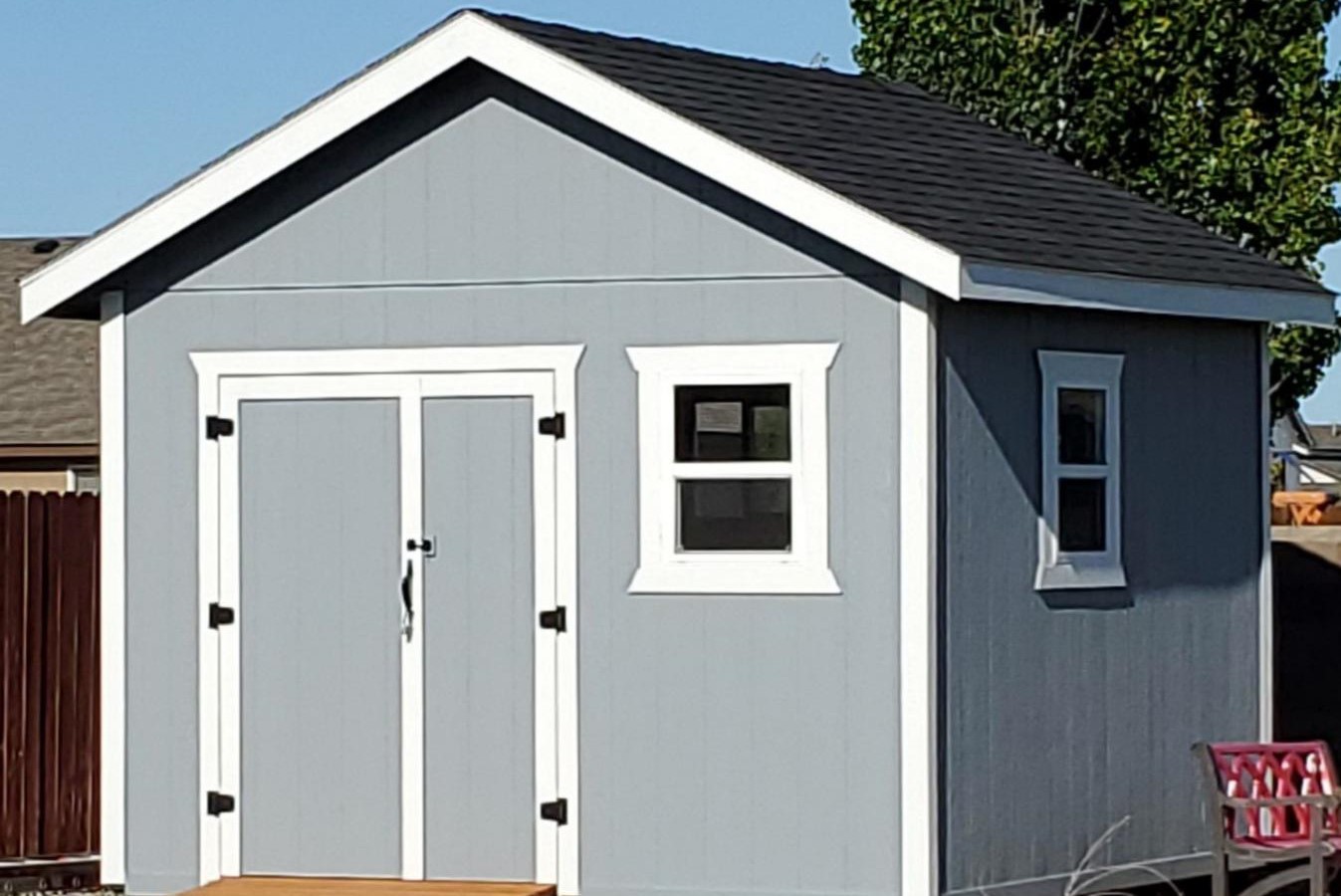

Outdoor Structures
What Is A Good Pitch For A Shed Roof
Modified: March 2, 2024
Learn how to create a winning pitch for your shed roof project with expert tips and ideas for outdoor structures. Discover the key elements for a successful design!
(Many of the links in this article redirect to a specific reviewed product. Your purchase of these products through affiliate links helps to generate commission for Storables.com, at no extra cost. Learn more)
Introduction
When it comes to constructing a shed, the roof is a crucial element that demands careful consideration. The pitch of a shed roof, in particular, plays a significant role in not only the aesthetic appeal of the structure but also its functionality and longevity. Understanding what constitutes a good pitch for a shed roof is essential for anyone embarking on a shed-building project or seeking to enhance an existing shed.
In this comprehensive guide, we will delve into the nuances of shed roofs, exploring the factors that contribute to a good pitch and the myriad benefits it offers. Whether you are a seasoned DIY enthusiast, a homeowner contemplating a shed addition, or a professional in the construction industry, this article will equip you with valuable insights to make informed decisions and achieve optimal results when it comes to shed roof pitches. So, let's embark on this enlightening journey to unravel the essence of a good pitch for a shed roof.
Key Takeaways:
- The pitch of a shed roof impacts its appearance, durability, and functionality, making it crucial to consider factors like climate, aesthetics, and interior space utilization when determining the optimal pitch.
- A well-chosen pitch offers benefits such as efficient water drainage, enhanced structural resilience, optimized interior space, aesthetic appeal, and long-term durability, contributing to the overall success of a shed.
Read more: What Is A Roof Pitch
Understanding Shed Roofs
Shed roofs, also known as single-slope or pent roofs, are characterized by their simplicity and functionality. They are a popular choice for sheds, lean-tos, and other outdoor structures due to their ease of construction and efficient water drainage. Shed roofs typically feature a single, sloping surface that extends from a higher wall to a lower wall, creating a streamlined and modern aesthetic.
One of the defining features of shed roofs is their versatility. They can be adapted to suit various architectural styles and accommodate different climates and environmental conditions. Shed roofs are well-suited for regions with heavy snowfall, as the slope facilitates snow shedding, preventing excessive accumulation and potential structural issues.
Furthermore, shed roofs offer ample opportunity for customization. They can be designed with varying pitches to achieve specific aesthetic and functional objectives. The pitch of a shed roof, determined by the angle of its slope, significantly influences its performance in terms of water runoff, structural integrity, and interior space utilization.
Understanding the fundamental characteristics of shed roofs is essential for making informed decisions regarding their design and construction. Whether you are planning to build a garden shed, a storage structure, or a cozy backyard retreat, a solid grasp of shed roof principles will empower you to create a durable, visually appealing, and functional addition to your property.
Factors to Consider for a Good Pitch
When determining the optimal pitch for a shed roof, several key factors come into play, each influencing the overall performance and visual impact of the structure. Understanding these factors is crucial for achieving a good pitch that aligns with the specific requirements and objectives of the shed. Here are the primary considerations:
- Climate and Weather Conditions: The local climate and prevalent weather patterns play a pivotal role in determining the ideal pitch for a shed roof. Areas with heavy rainfall may benefit from steeper pitches to facilitate efficient water runoff, while regions with significant snowfall might require a shallower pitch to prevent snow accumulation and potential roof damage.
- Architectural Aesthetics: The desired visual impact and architectural style of the shed should be taken into account when selecting the roof pitch. A steeper pitch can evoke a traditional, rustic charm, while a shallower pitch may align with modern or minimalist design preferences. The pitch contributes to the overall silhouette and character of the shed.
- Structural Integrity: The pitch of the roof directly impacts its structural stability and load-bearing capacity. A higher pitch can enhance the shedding of heavy precipitation, reducing the structural strain caused by accumulated weight. Additionally, the pitch influences the distribution of forces exerted on the roof framing and support elements.
- Interior Space Utilization: The pitch of the roof affects the interior volume and usable space within the shed. A steeper pitch may provide more overhead clearance and vertical storage capacity, while a shallower pitch could limit the available headroom but offer a more compact and space-efficient design.
- Maintenance and Longevity: The pitch influences the maintenance requirements and longevity of the shed roof. Proper water drainage, facilitated by the pitch, can mitigate the risk of water infiltration, moisture-related issues, and premature deterioration of roofing materials, contributing to the overall durability of the structure.
By carefully considering these factors and their interplay, one can determine the most suitable pitch for a shed roof, balancing functional performance, visual appeal, and structural integrity to create an optimal and harmonious design.
A good pitch for a shed roof is typically between 4/12 and 6/12, meaning the roof rises 4 to 6 inches for every 12 inches of horizontal run. This allows for proper water drainage and structural stability.
Benefits of a Good Pitch for a Shed Roof
The pitch of a shed roof significantly influences its performance and the overall user experience. A well-chosen pitch offers a multitude of benefits that contribute to the functionality, durability, and aesthetic appeal of the shed. Let’s explore the advantages of a good pitch for a shed roof:
- Efficient Water Drainage: A proper roof pitch facilitates effective water runoff, preventing water accumulation and potential leaks. By shedding rainwater and melted snow efficiently, the pitch helps safeguard the shed’s interior and its contents from moisture-related damage.
- Enhanced Structural Resilience: A well-calculated pitch distributes the weight of precipitation and minimizes the risk of structural strain. It can contribute to the overall resilience of the roof, reducing the likelihood of sagging, deformation, or damage caused by heavy loads, such as snow or debris.
- Optimized Interior Space: The pitch of the roof directly impacts the interior volume and usable space within the shed. A carefully chosen pitch can maximize headroom, allowing for comfortable movement and efficient utilization of the interior space for storage, work, or recreational activities.
- Aesthetic Appeal: The pitch of the roof plays a pivotal role in defining the visual character of the shed. A well-balanced pitch can complement the architectural style of the property, enhance curb appeal, and contribute to a harmonious and aesthetically pleasing overall design.
- Long-Term Durability: Proper water drainage, facilitated by the roof pitch, can significantly extend the lifespan of the shed and its roofing materials. By minimizing the risk of water-related deterioration, such as rot, mold, and corrosion, a good pitch contributes to the long-term durability and low-maintenance nature of the structure.
By considering these benefits, it becomes evident that the pitch of a shed roof is far more than a mere stylistic choice—it is a critical component that influences the shed’s performance, longevity, and visual appeal. A well-calibrated pitch aligns with the specific requirements and priorities of the shed, enhancing its overall quality and user satisfaction.
Common Pitfalls to Avoid
While understanding the benefits of a good pitch is essential, it is equally important to be aware of common pitfalls that can compromise the effectiveness and functionality of a shed roof. By steering clear of these pitfalls, one can ensure that the chosen pitch aligns with the shed’s requirements and contributes to a successful and enduring structure. Here are some common pitfalls to avoid:
- Inadequate Water Drainage: A pitch that is too shallow may impede proper water runoff, leading to water pooling and potential leakage. Conversely, an excessively steep pitch might result in rapid water runoff, increasing the risk of soil erosion around the shed’s foundation.
- Insufficient Headroom: A pitch that is too steep can significantly reduce the usable headroom within the shed, limiting comfort and functionality. It is essential to strike a balance between efficient water drainage and adequate interior space, avoiding extremes that compromise usability.
- Structural Overload: An overly steep pitch can exert excessive force on the shed’s framing and support structure, potentially leading to structural strain or instability. It is crucial to consider the load-bearing capacity of the shed and ensure that the chosen pitch distributes weight effectively.
- Aesthetic Dissonance: Failing to align the pitch of the shed roof with the overall architectural style and visual character of the property can result in a discordant or unappealing appearance. It is important to consider the shed’s design in the context of its surroundings and ensure a cohesive aesthetic composition.
- Maintenance Challenges: A pitch that hinders accessibility for maintenance and repairs can pose practical challenges in the long run. It is essential to consider the shed’s height, the pitch’s impact on maintenance tasks, and the ease of accessing the roof for upkeep and inspections.
By being mindful of these common pitfalls, shed owners, builders, and designers can make informed decisions regarding the pitch of the roof, mitigating potential issues and optimizing the shed’s performance, durability, and visual appeal.
Read more: How To Determine Pitch Of Roof
Conclusion
In the realm of shed construction and design, the pitch of the roof holds a pivotal role, influencing not only the shed’s visual appeal but also its functionality, resilience, and user experience. A well-calibrated pitch is a testament to thoughtful design, aligning with the specific requirements of the shed and the environmental context in which it resides.
By understanding the nuances of shed roofs, considering the factors that contribute to a good pitch, and being mindful of common pitfalls, shed owners and builders can embark on their projects with confidence and clarity. The benefits of a good pitch, from efficient water drainage to enhanced structural integrity and long-term durability, underscore its significance in the overall success of a shed.
As you venture into the realm of shed construction or seek to optimize an existing structure, may this guide serve as a beacon of knowledge, empowering you to make informed decisions and craft sheds that embody both practicality and aesthetic allure. Remember, the pitch of a shed roof is not merely a technical detail; it is a defining element that shapes the shed’s identity and its capacity to endure the tests of time and weather.
Embrace the art and science of shed roof pitches, and may your sheds stand as testaments to thoughtful design, harmonious integration with their surroundings, and enduring functionality.
Frequently Asked Questions about What Is A Good Pitch For A Shed Roof
Was this page helpful?
At Storables.com, we guarantee accurate and reliable information. Our content, validated by Expert Board Contributors, is crafted following stringent Editorial Policies. We're committed to providing you with well-researched, expert-backed insights for all your informational needs.
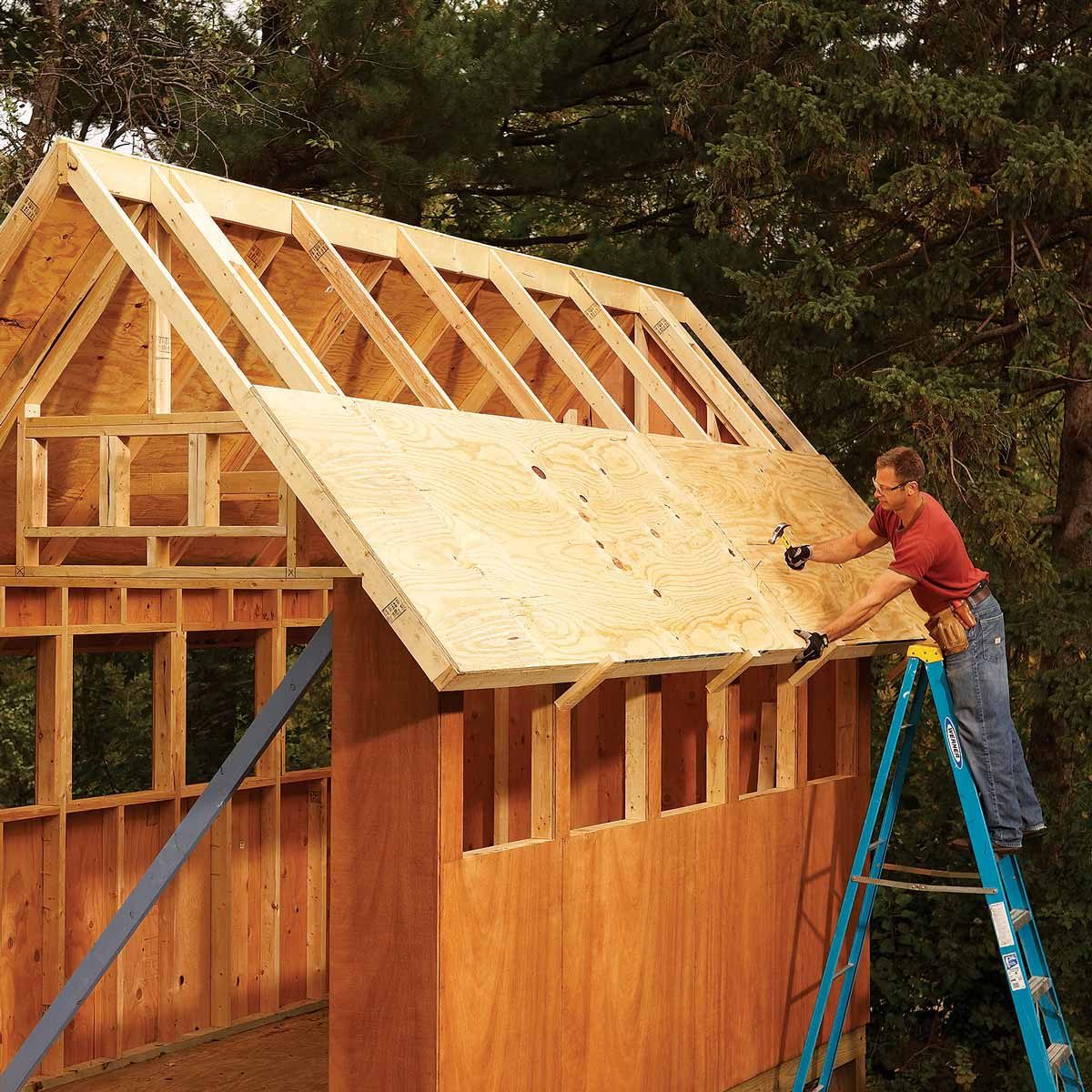
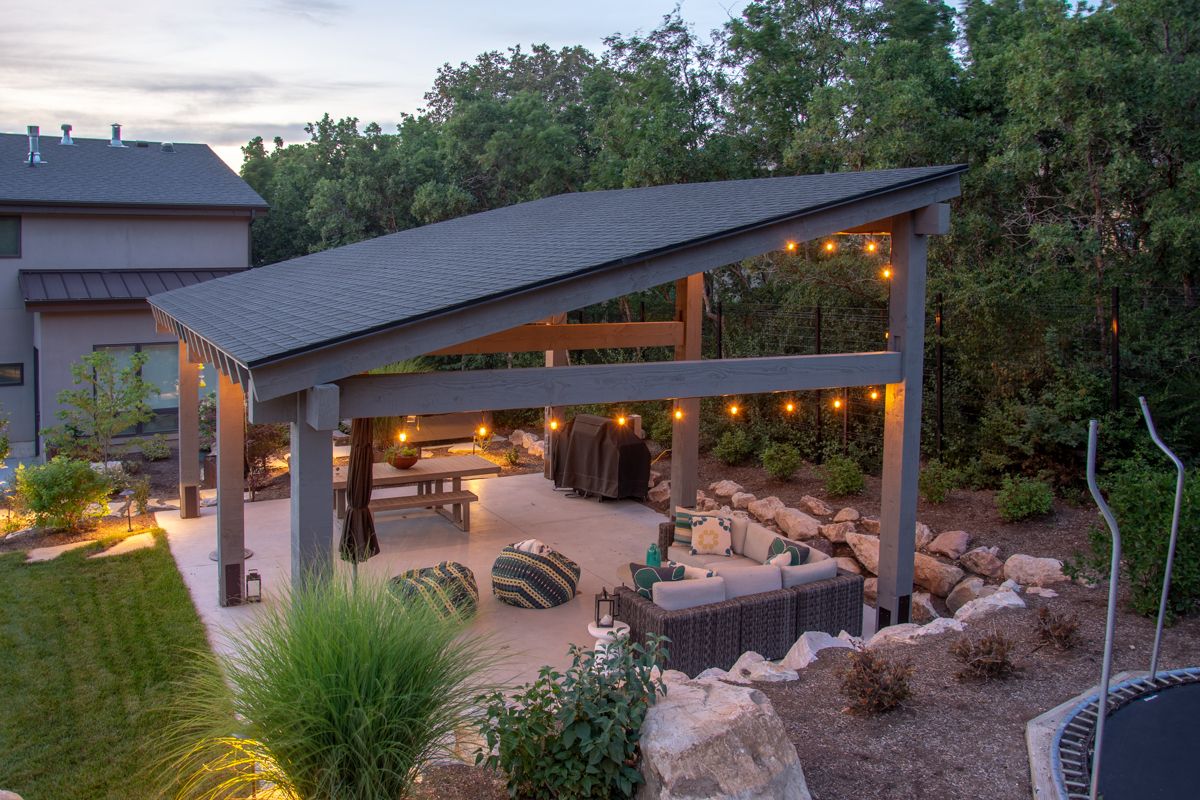
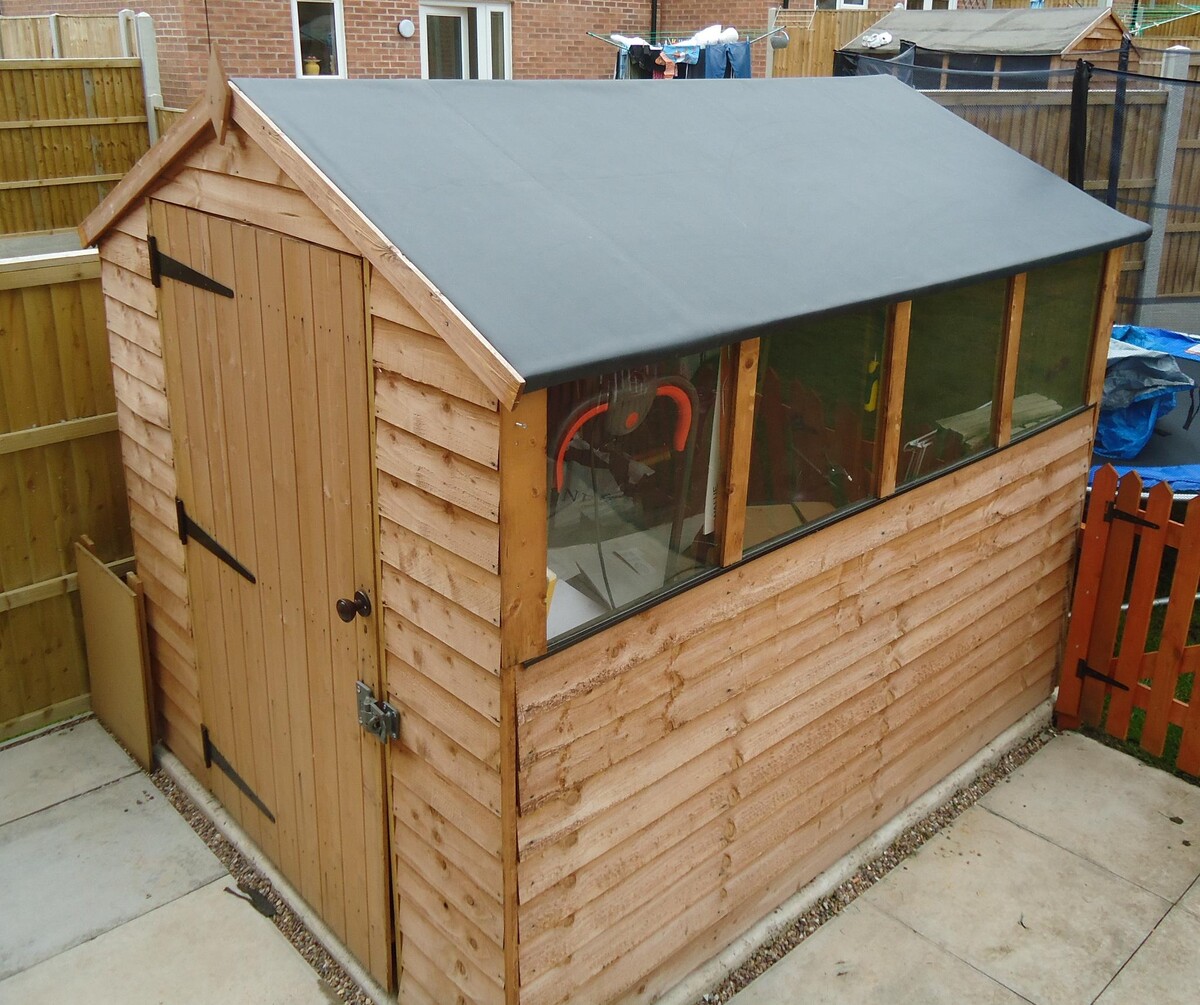
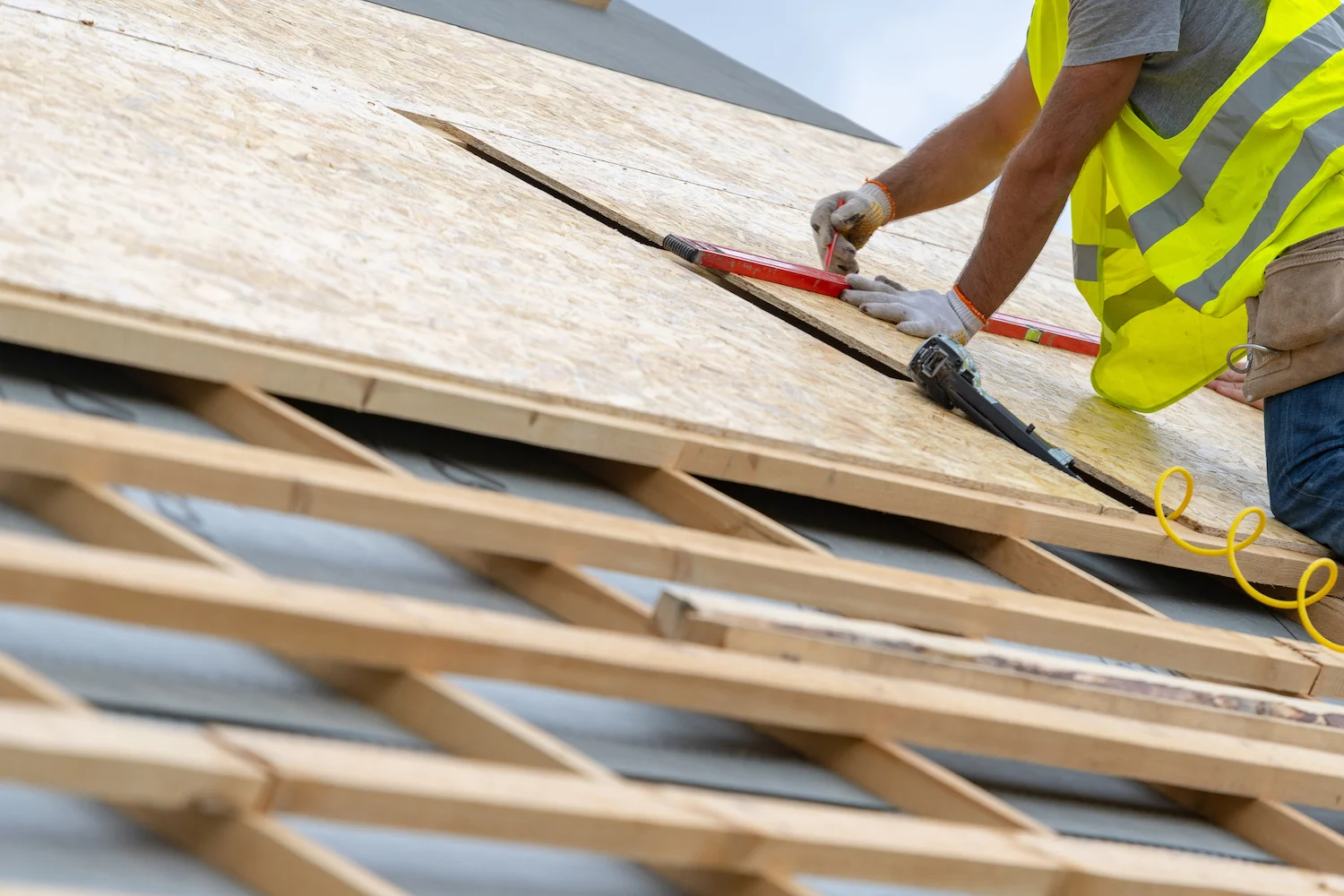
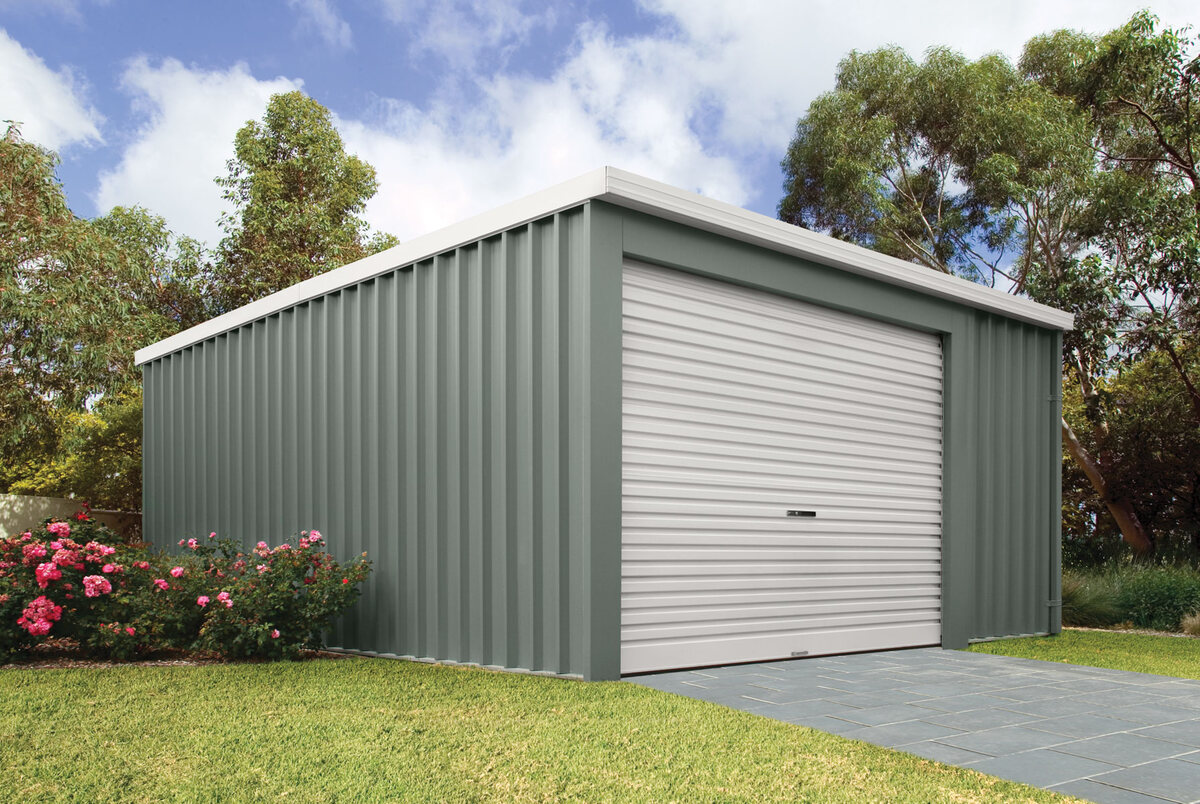
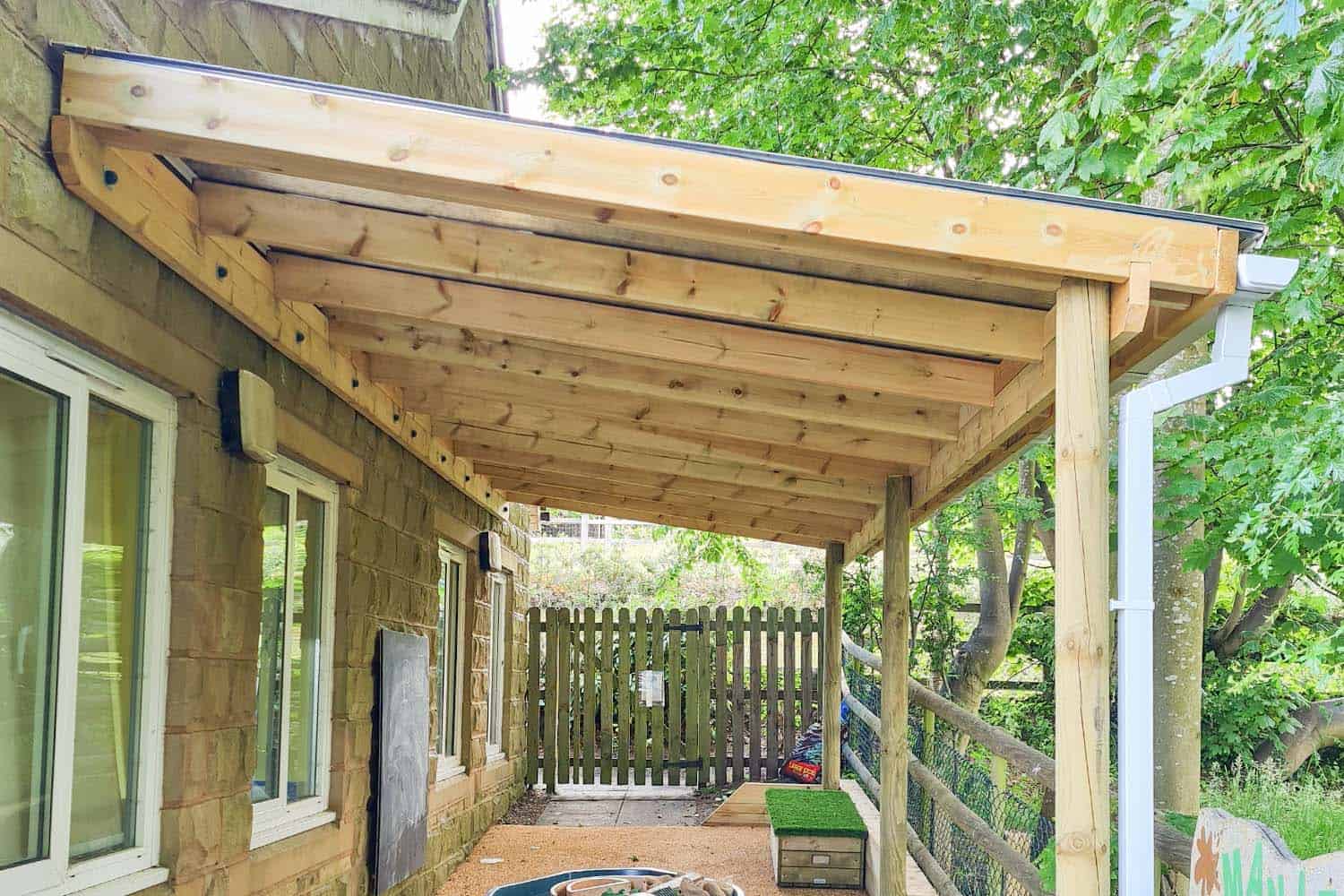
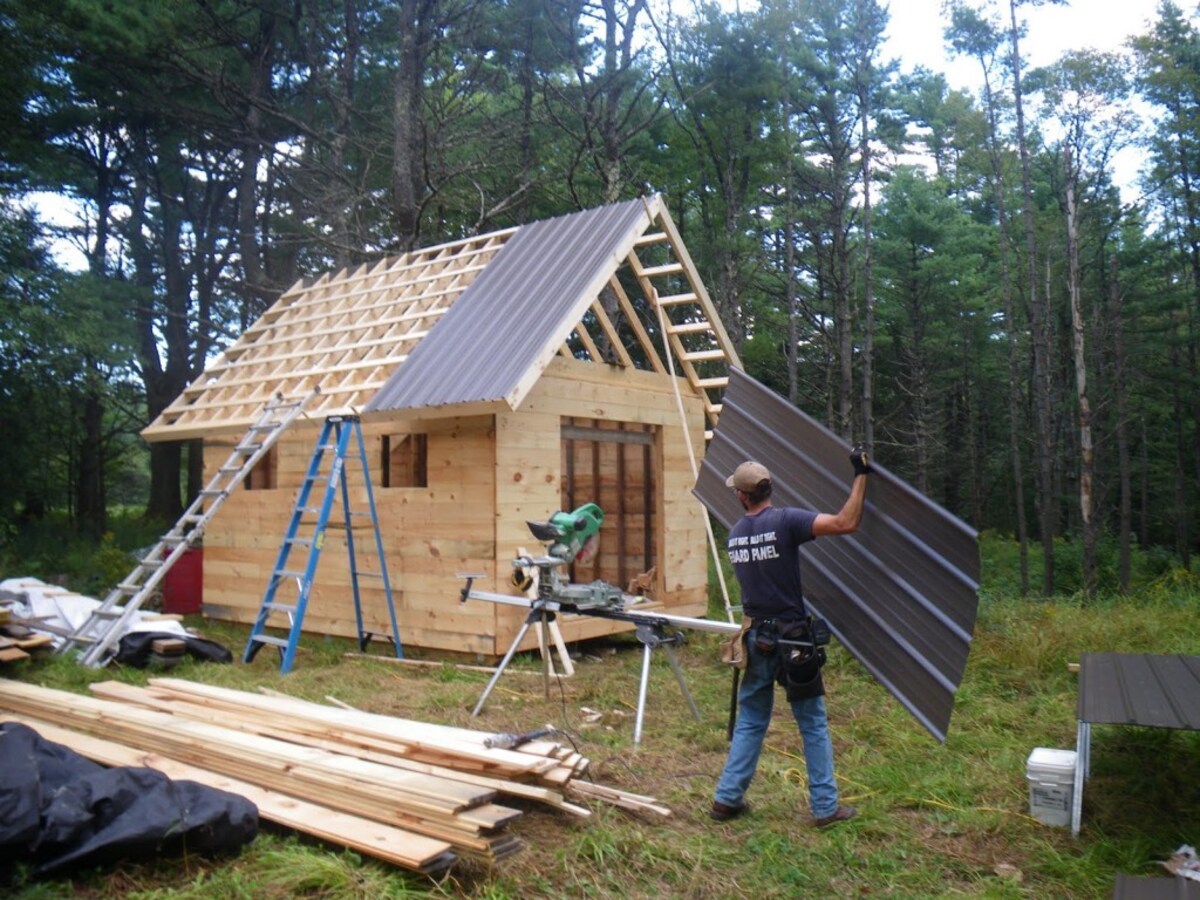

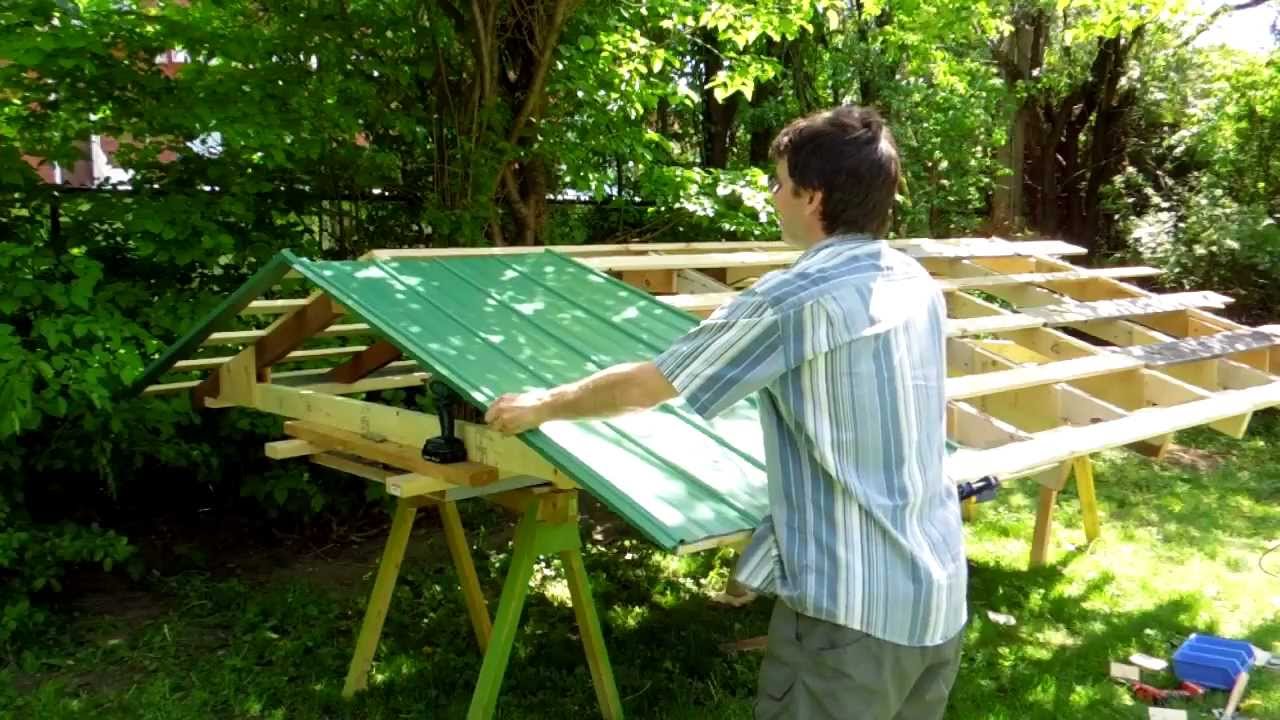
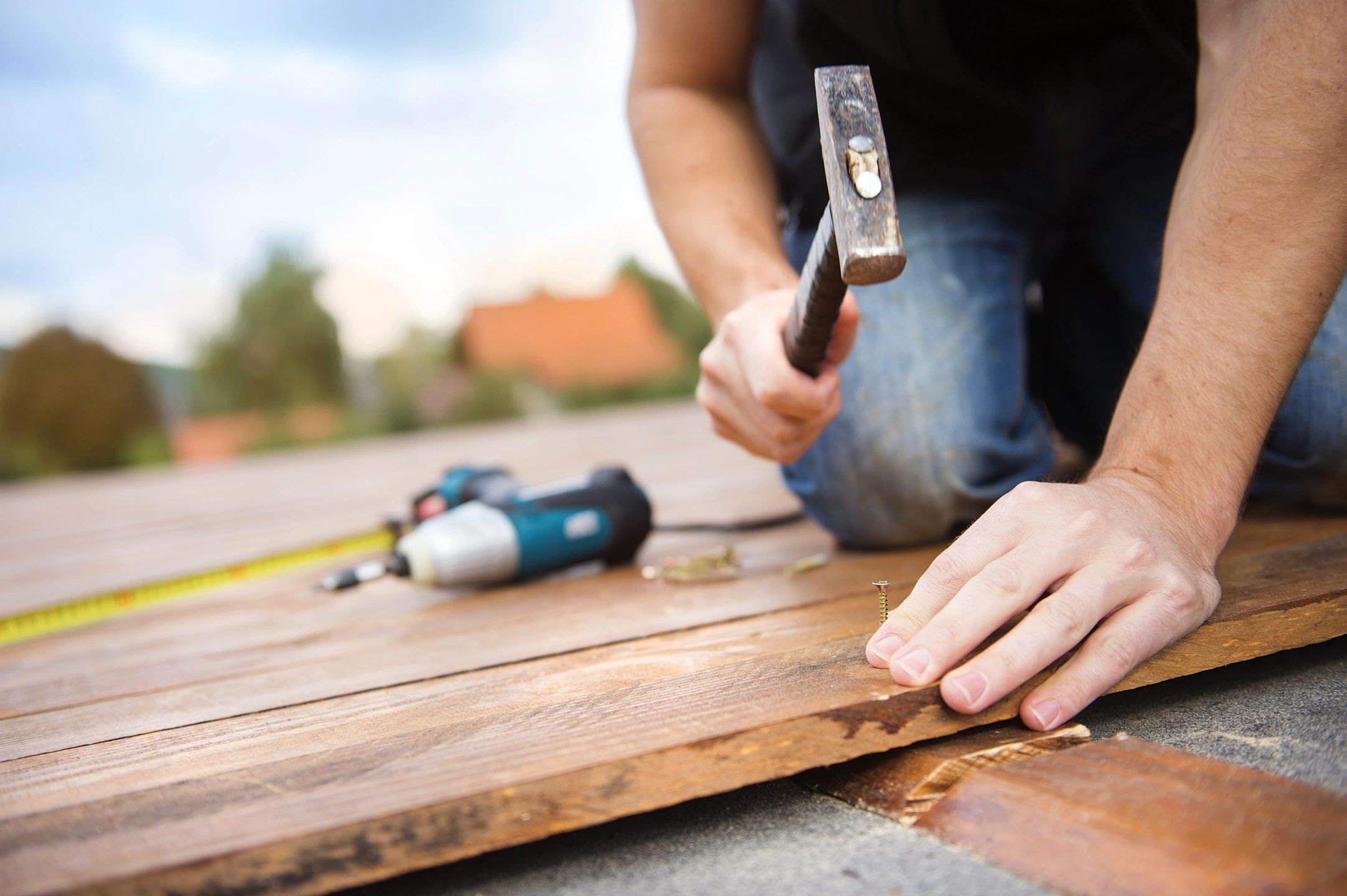
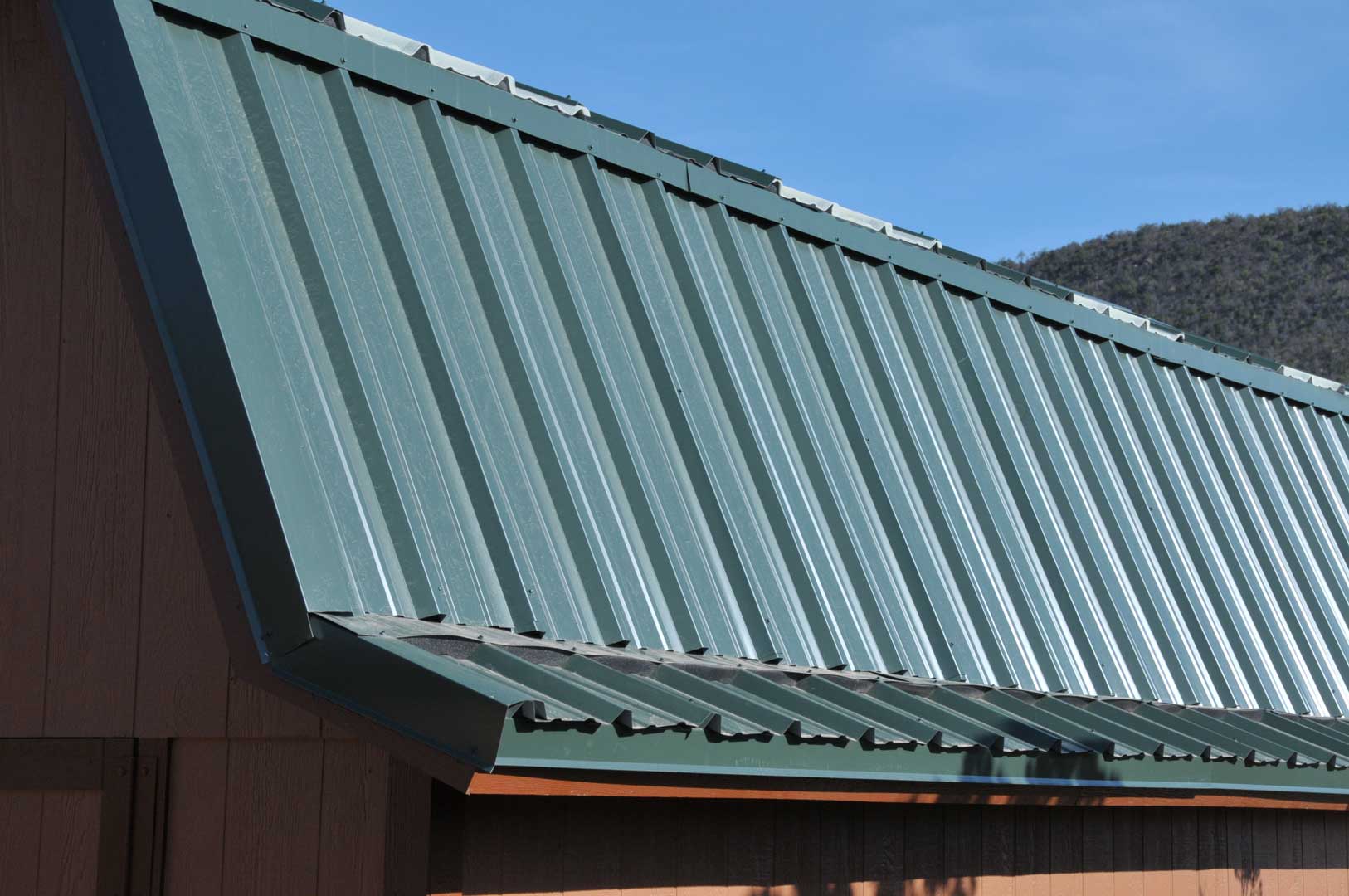
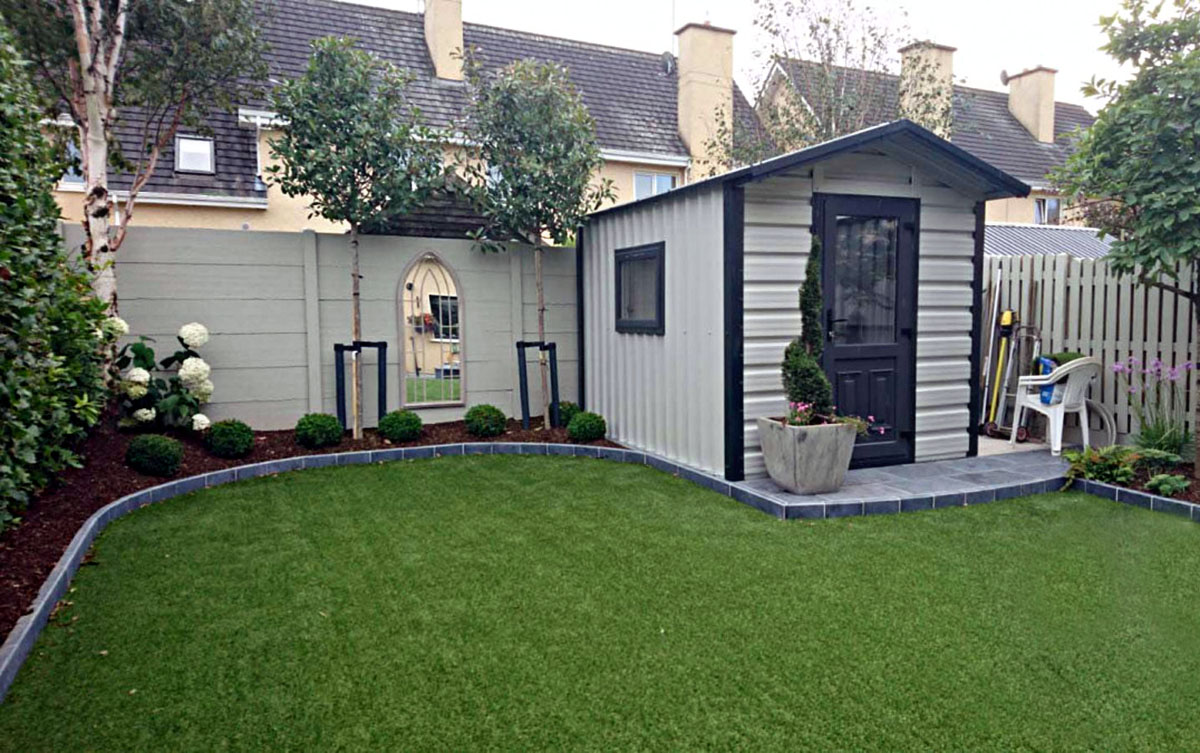
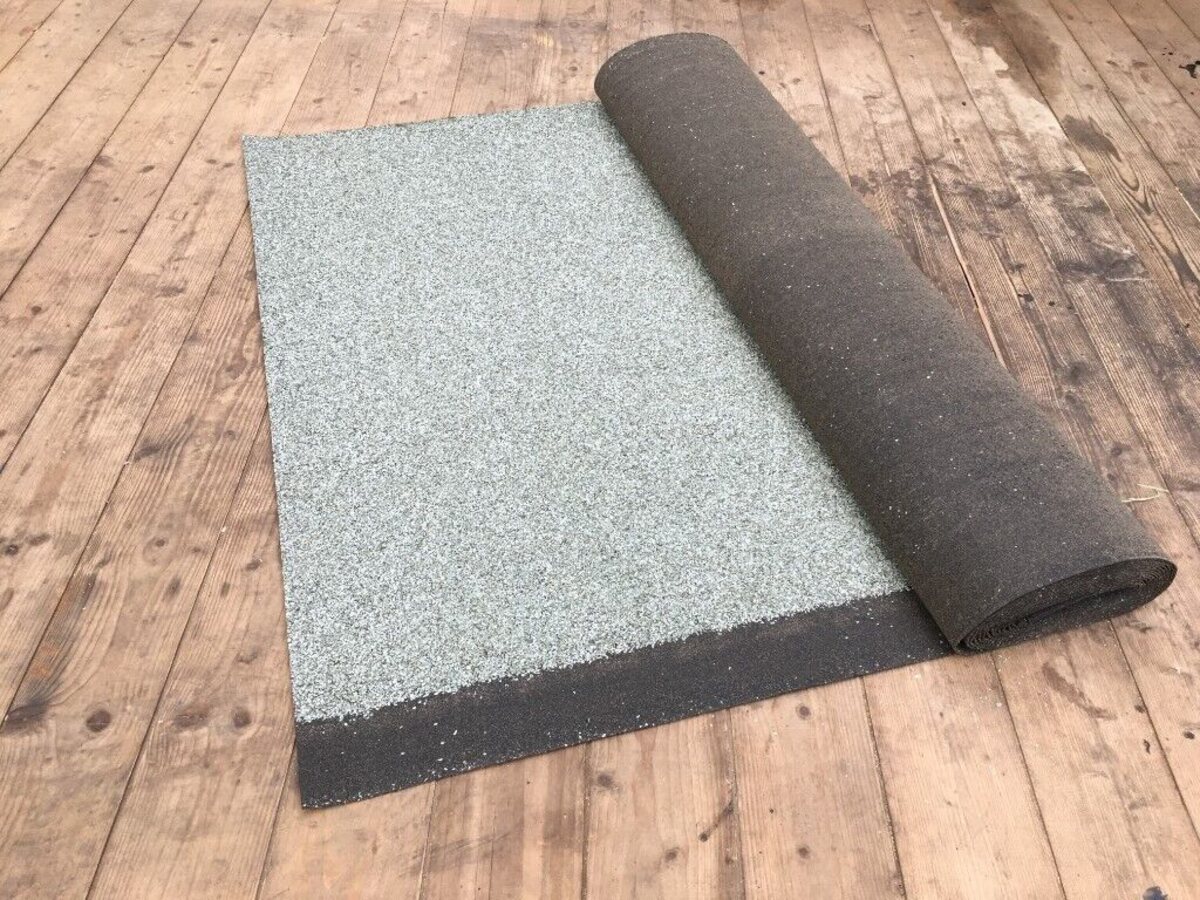
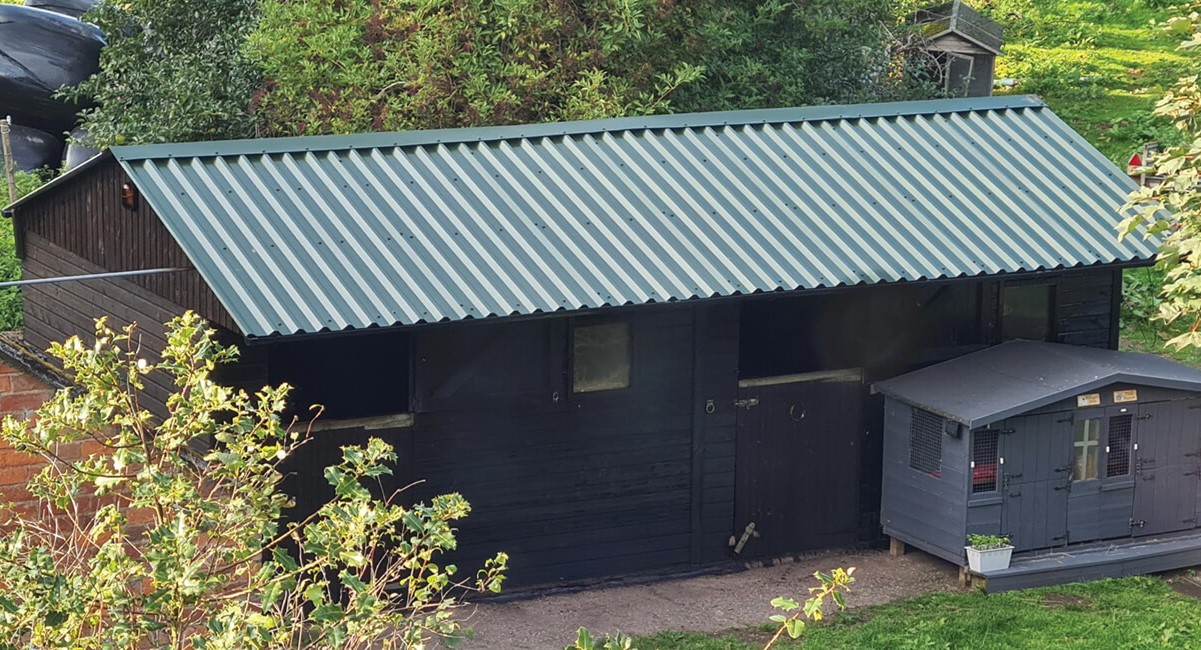

0 thoughts on “What Is A Good Pitch For A Shed Roof”